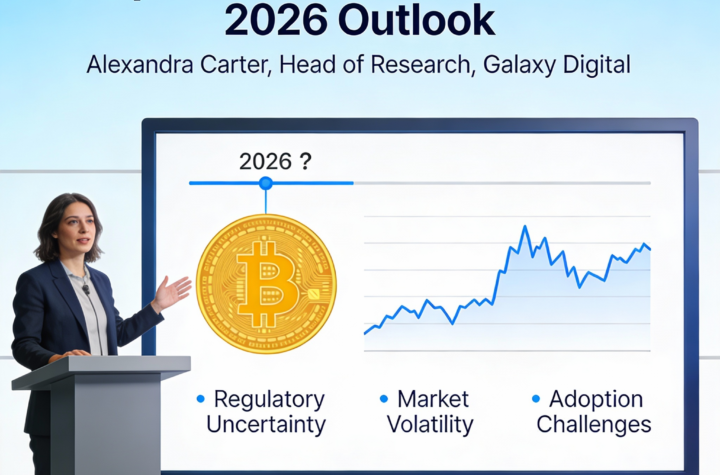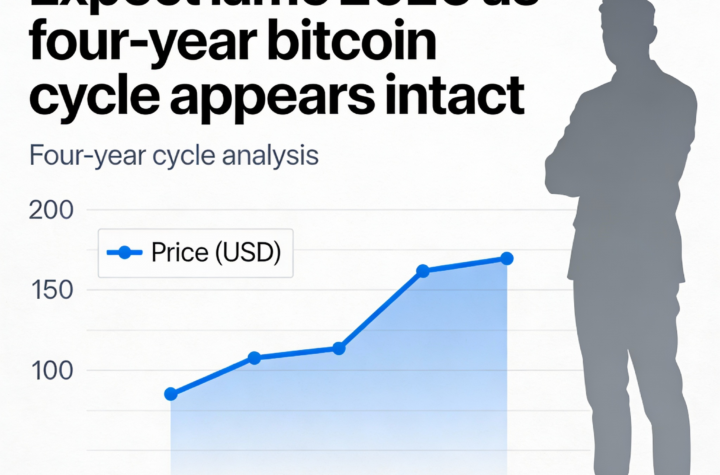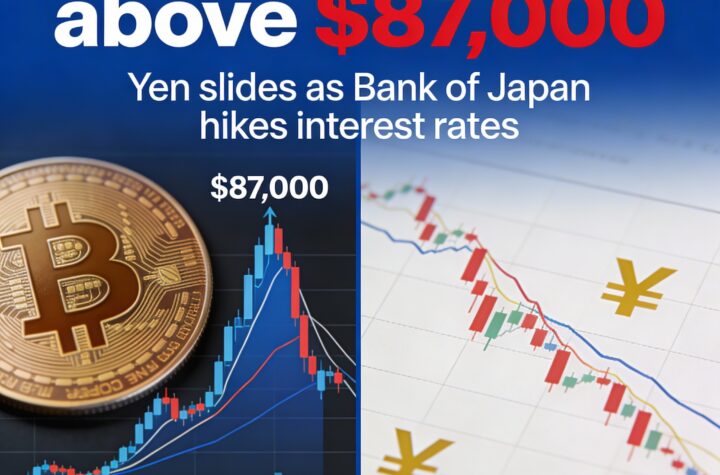
The approaching options expiry is poised to introduce significant volatility into an already highly leveraged market, according to Deribit. As the year concludes, the largest options expiry event of the year is expected to add pressure to the market, which has been highly tilted toward upward bets.
Options are financial contracts that give traders the right, but not the obligation, to buy or sell an underlying asset at a specific price on or before the expiration date. Call options provide the right to buy, while put options give the right to sell.
This Friday at 8:00 UTC, 146,000 Bitcoin options contracts, worth a total of $14 billion, will expire on Deribit. Each contract represents one Bitcoin, and the $14 billion notional amount accounts for 44% of the total open interest across all Bitcoin options with different expiration dates. This marks the largest options expiry in Deribit’s history. Alongside Bitcoin, Ethereum options totaling $3.84 billion will also expire. Since the Federal Reserve’s meeting, Ethereum has fallen nearly 12%, now trading at $3,400. Deribit continues to dominate the global crypto options market, holding over 80% of market share.
High-Profit Expirations Likely
As of now, it’s expected that $4 billion worth of Bitcoin options, or about 28% of the total open interest, will expire “in-the-money” (ITM), meaning that these options will generate profits for buyers. These positions could be closed out or rolled into future expiration dates, potentially leading to increased market volatility.
Simranjeet Singh, portfolio manager at GSR, believes a large portion of the open interest in both Bitcoin and Ethereum could roll over into January 31 and March 28 expirations, which are likely to be key liquidity points for traders heading into the new year.
The put-call open interest ratio for the Friday expiry stands at 0.69, meaning that for every 10 call options, seven put options remain open. The higher demand for calls, which offer more potential for profit, indicates that traders are generally positioned for further upward movement in the market.
However, Bitcoin’s upward momentum has stalled following last Wednesday’s Federal Reserve meeting, when Chairman Jerome Powell ruled out any potential for Fed purchases of Bitcoin and suggested fewer rate cuts for 2025. Bitcoin has since dropped more than 10%, now hovering around $95,000, according to CoinDesk indices.
This decline places leveraged traders in a vulnerable position, as they may face greater losses if they are forced to exit their positions. If this occurs, the market could experience further volatility.
Increased Risk of a Downturn
Deribit’s CEO, Luuk Strijers, highlighted that the market remains heavily leveraged to the upside after the momentum in Bitcoin and Ethereum slowed. This positioning creates a higher risk of a rapid decline if a significant downward price move occurs. “All eyes are on this expiry, as it could have major implications for market direction in the new year,” Strijers said.
Market Faces Directional Uncertainty
As the record expiry draws near, there is significant uncertainty about the market’s direction. Strijers noted, “The annual expiry is expected to conclude a remarkable year for bulls, but uncertainty remains due to increased volatility-of-volatility (vol-of-vol).”
Volatility-of-volatility is a measure of how much the volatility of an asset itself fluctuates over time. A high vol-of-vol indicates that the asset’s price is highly sensitive to news and economic changes, which could lead to rapid shifts in market sentiment and price action.
Ethereum Shows More Bearish Sentiment
The options market currently reveals a more bearish outlook for Ethereum compared to Bitcoin. Andrew Melville, a research analyst at Block Scholes, pointed out that while Bitcoin’s volatility smile remains largely unchanged, Ethereum’s implied volatility for calls has dropped significantly. This signals a decrease in demand for bullish positions on ETH, suggesting that sentiment for Ethereum is more cautious.
This shift in sentiment is also evident in the options skew, which compares how much investors are willing to pay for calls versus puts. Ethereum’s put-call skew ratio is now more heavily tilted toward puts, with a 2.06% favoring puts over calls, compared to Bitcoin’s more neutral 1.64%. This reflects a more bearish outlook for Ethereum.
As the year draws to a close, market positioning indicates a more cautious view for Ethereum, with a less bullish outlook overall. This contrast with Bitcoin’s positioning highlights the differing investor sentiment between the two assets.





More Stories
According to Galaxy Digital’s research chief, Bitcoin faces a highly unpredictable 2026.
According to Fidelity’s Jurrien Timmer, 2026 could be underwhelming while Bitcoin’s four-year cycle remains intact.
BlackRock’s Bitcoin ETF attracts $25 billion over the year, defying the recent Bitcoin downturn.